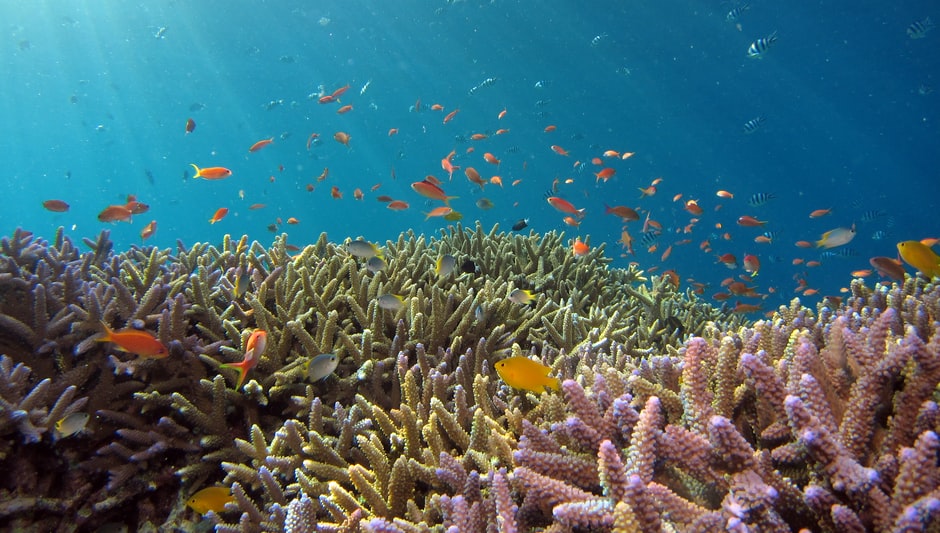The pacific blue tang is an omnivore, and it is also known as the regal tang. In the wild, it mostly eats plankton, algae and seaweed, but in aquariums it will eat bloodworms, crustaceans and other animals. It is a slow-moving fish, so it is best to keep it in a small tank with plenty of hiding places. It can be kept in groups of two or three, although it prefers to live alone.
Table of Contents
Can fish eat dried seaweed?
Both tropical and marine fish can benefit from the use of seaweed and other aquatic based organisms. Seaweeds are rich in vitamins, minerals, antioxidants, and phytonutrients. They are also a good source of calcium, magnesium, iron, zinc, manganese, copper, selenium, vitamin B12, riboflavin, thiamine mononitrate (vitamin B2), niacinamide, pantothenic acid, biotin, pyridoxine hydrochloride, choline chloride, folic acid (B6), and vitamin D3.
These nutrients are essential for the proper functioning of the nervous system and the immune system, as well as for proper growth and development of your child’s brain and body.
What kind of fish live in seaweed?
The sargassum fish, anglerfish, or frog fish ( histrio histrio), is a frogfish of the family antennariidae. It lives among seaweed that floats in the Gulf of Mexico.
Do catfish eat seaweed?
Catfish will also snack heavily on different algae, but could also eat your expensive koi food and bully out your koi. Our next fish may be right for you if you are looking for a fish that is a bit more social while also eating algae. Corydoras corydocephala This fish is known for its ability to eat a wide variety of foods, including algae.
It is also known to have a large appetite, and will eat almost anything that it can get its mouth on. This fish can also be very aggressive towards other fish, so it is best to keep it in a tank that is well-maintained and has plenty of hiding places for it to hide in. Corydors are also very territorial, which means that they will fight with each other if they are in the same tank.
However, this is not a problem if you keep them in an area with lots of other species of fish. They are very peaceful and do not seem to mind the fact that you have another fish in their tank, as long as it does not interfere with their eating habits. The best time to introduce this fish to your tank is during the winter months, when it will be hibernating.
Does tuna eat seaweed?
They will eat many different types of seafood. They eat plankton and other vegetable matter in the ocean. “We’re not going to be able to keep up with the growth of the food chain,” said Dr. John Fyfe, an oceanographer at the National Oceanic and Atmospheric Administration (NOAA) in Boulder, Colo.
How does seaweed help fish?
The kelp draw in so much carbon dioxide that they help de-acidify the water, providing an ideal environment for shell growth. In the same way that a land plant takes CO2 out from the air, the CO2 is taken out of the water.
“It’s a very simple process, but it’s very important for the health of our marine environment,” said Dr. David R. Smith, a professor of marine biology at the University of California, Santa Cruz, who was not involved in the study.
Do shrimps eat seaweed?
It is not very common for shrimp to eat seaweed. Shrimp could eat seaweed if it reaches the water floor and no other animals have eaten it. Shrimp are omnivores, meaning that they eat both plants and animals. They can eat a wide variety of foods, including fish, crustaceans, worms, insects, and other invertebrates.
Some species of shrimp, such as the red snapper, have been found to be able to survive on a diet of sea urchin, which is a type of worm. In addition, some shrimp species, like the yellowtail, are known for their ability to live off of algae.
Do goldfish eat seaweed?
Yes, that’s right! goldfish have no stomachs so they are constantly on the lookout for food. Goldfish are omnivores, meaning that they eat a wide variety of different foods. They will also eat small invertebrates such as worms, snails, crayfish, mollusks and other small crustaceans. Goldfish can also be carnivorous, eating meat, fish, insects and even other fish.
However, this is not a common occurrence in aquaria, as most aquarists prefer to feed their fish a diet that is low in fat and high in protein. If you are feeding your fish meaty foods, be sure to check with your aquarist to make sure that the diet is appropriate for your species of fish and that it is safe for them to eat.
